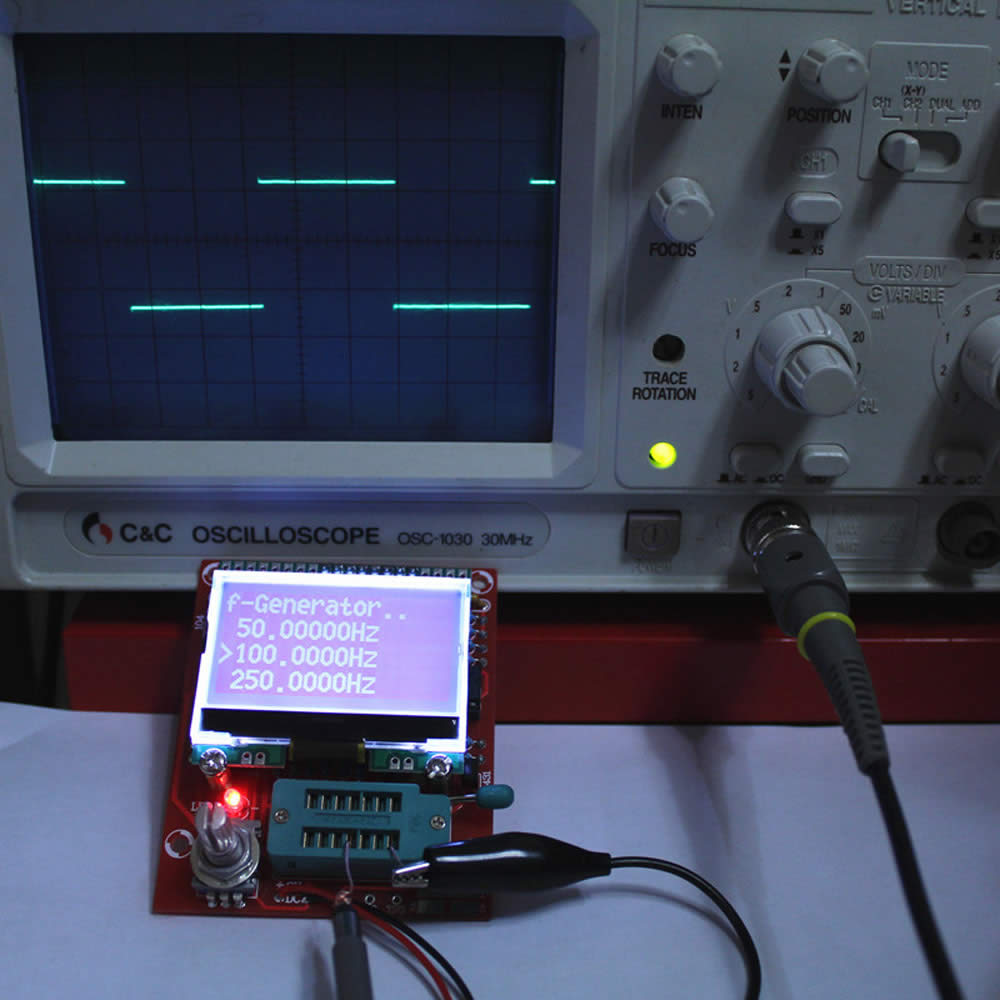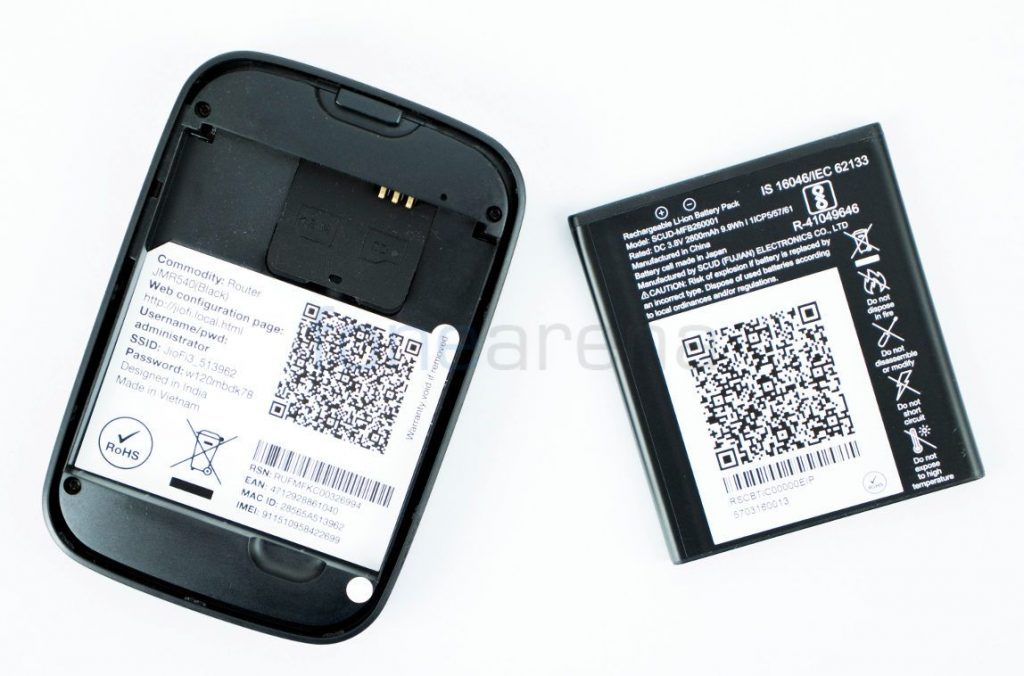Nano Signal Slot


Nano Signal Slot Booster
There are some implementations of signal/slot systems based on C templates, which don't require the extra metaobject compiler, as used by Qt, such as libsigc, sigslot, vdk-signals, nano-signal-slot, neosigslot, Signals, boost.signals2, Synapse, Cpp::Events, Platinum and JBroadcaster. Signals and slots are a way of decoupling a sender (the signal) and zero or more receivers (the slots). Let's say you a system which has events that you want to make available to any other part of the system interested in those events.
The challenge of using nano-satellites as UHF communications relays is the integration of an inherently large antenna with a tiny satellite. The wavelength of the UHF signal can be up to ten times the size of the nano-satellite.
GPIO Pin Spec
| Pin# | Name | Linux gpio | Pin# | Name | Linux gpio |
| 1 | SYS_3.3V | 2 | VDD_5V | ||
| 3 | I2C0_SDA | 4 | VDD_5V | ||
| 5 | I2C0_SCL | 6 | GND | ||
| 7 | GPIOG11 | 203 | 8 | UART1_TX/GPIOG6 | 198 |
| 9 | GND | 10 | UART1_RX/GPIOG7 | 199 | |
| 11 | UART2_TX/GPIOA0 | 0 | 12 | PWM1/GPIOA6 | 6 |
| 13 | UART2_RTS/GPIOA2 | 2 | 14 | GND | |
| 15 | UART2_CTS/GPIOA3 | 3 | 16 | UART1_RTS/GPIOG8 | 200 |
| 17 | SYS_3.3V | 18 | UART1_CTS/GPIOG9 | 201 | |
| 19 | SPI0_MOSI/GPIOC0 | 64 | 20 | GND | |
| 21 | SIP0_MISO/GPIOC1 | 65 | 22 | UART2_RX/GPIOA1 | 1 |
| 23 | SPI0_CLK/GPIOC29 | 93 | 24 | SPI0_CS/GPIOC3 | 67 |
Debug Port(UART0)


Nano Signal Slot Car
| Pin# | Name |
| 1 | GND |
| 2 | VDD_5V |
| 3 | UART_TXD0 |
| 4 | UART_RXD0 |

USB/Audio/IR Spec
| Pin# | Name | Description |
| 1 | VDD_5V | 5V Power Out |
| 2 | USB-DP1 | USB1 DP Signal |
| 3 | USB-DM1 | USB1 DM Signal |
| 4 | USB-DP2 | USB2 DP Signal |
| 5 | USB-DM2 | USB2 DM Signal |
| 6 | GPIOL11/IR-RX | GPIOL11 or IR Receive |
| 7 | SPDIF-OUT/GPIOA17 | GPIOA17 or SPDIF-OUT |
| 8 | MICIN1P | Microphone Positive Input |
| 9 | MICIN1N | Microphone Negative Input |
| 10 | LINEOUTR | LINE-OUT Right Channel Output |
| 11 | LINEOUTL | LINE-OUT Left Channel Output |
| 12 | GND | 0V |
- SYS_3.3V: 3.3V power output
- VVDD_5V: 5V power input/output. When the external device’s power is greater than the MicroUSB's the external device is charging the board otherwise the board powers the external device. The input range is 4.7V ~ 5.6V
- All pins are 3.3V, output current is 5mA
- For more details refer to the document: NanoPi-NEO-1606-Schematic.pdf